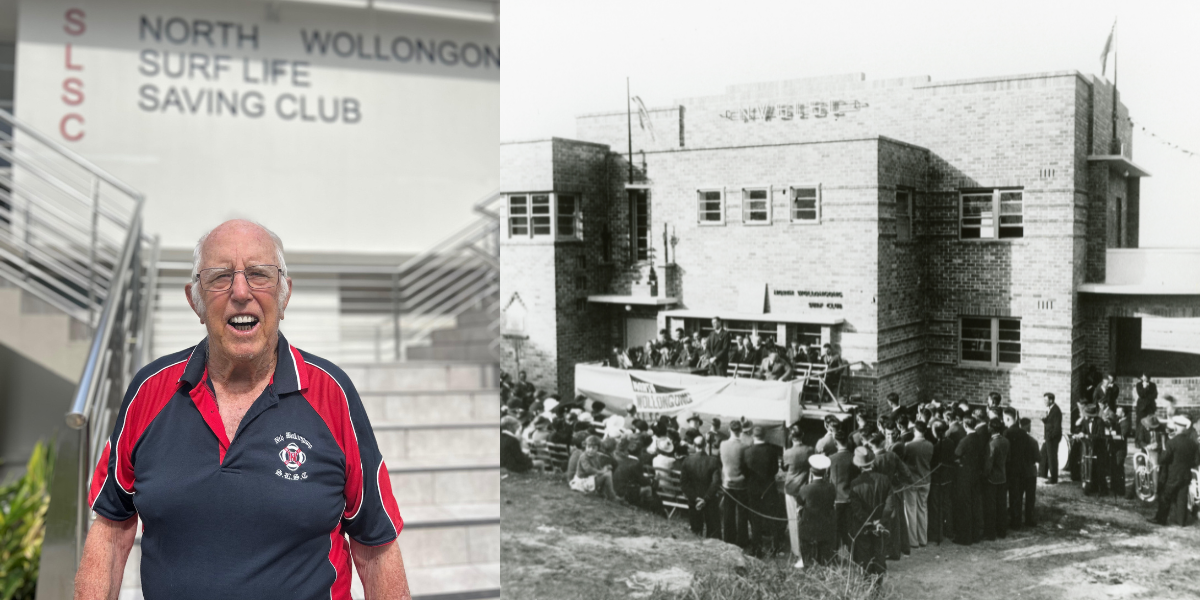North Wollongong Surf Beach: a nostalgic journey through time
Nestled along the pristine shores of the Illawarra coast in New South Wales, North Wollongong Surf Beach has been a cherished haven for surf enthusiasts and sunseekers alike for generations. As we embark on a nostalgic journey through time, we uncover the rich history that has shaped this iconic destination for older Australians who have fond memories of this seaside paradise.
Long before European settlers arrived, the region that is now North Wollongong Surf Beach was inhabited by the Dharawal people, who maintained a deep spiritual connection to the land and sea. Their presence here dates back thousands of years, leaving an enduring legacy of respect for the natural environment.
The late 18th century saw European settlement on the Australian continent, and the Illawarra region was no exception. Wollongong, as it was then known, evolved from a small colonial outpost to a thriving industrial town. Its strategic location, surrounded by lush green hills and the Pacific Ocean, made it an attractive destination.
By the early 20th century, a burgeoning surf culture was beginning to take root. The iconic Wollongong Surf Lifesaving Club was established in 1911, marking the beginning of an era where beachgoers could safely enjoy the waves. Surf carnivals and competitions quickly became a part of the coastal scene, captivating the hearts of many.
North Wollongong Surf Beach, as we know it today, officially came into existence in the mid-20th century. The pristine sands and consistent waves drew both locals and visitors, making it a favoured destination for those seeking sun, sand, and surf. The beach provided a sense of freedom and escape during the post-World War II era, making it a cherished location for leisure.
The year 1956 was particularly significant for North Wollongong Surf Beach, as it played host to the water events during the Melbourne Olympics. The world's attention turned to the stunning coastal setting, which further solidified its status as a prime destination for water sports enthusiasts.
Allcare client, Leo Tobin, devoted a significant portion of his life to the North Wollongong Surf Lifesaving Club. Joining as a cadet at the age of 14 in 1952, he went on to serve as its secretary for a decade. His dedication and leadership qualities led him to ascend through the ranks, eventually becoming the President of the Surf Club for three years, despite his humble claims that he assumed the position primarily because no one else wanted to.
The North Wollongong Surf Lifesaving Club, like Leo, has evolved over the years, adapting to changing times and ideals. Initially male dominated, the club embraced inclusivity in the 1980s, acknowledging that lifesaving knows no gender boundaries. The community itself played a pivotal role in the club’s evolution, with members taking it upon themselves to renovate and extend the facility in the early 1990s.
North Wollongong Surf Beach has been the birthplace of numerous surf legends who have represented Australia on the world stage. Names like Mark Richards, four-time world surfing champion, and Layne Beachley, a seven-time world champion, have honed their skills on these very waves.
As we look back on the history of North Wollongong Surf Beach, it becomes clear that this coastal gem is not just a place but a repository of cherished memories. The sun-kissed sands and rolling waves continue to beckon, providing a timeless escape for those who have revelled in its beauty throughout the years. Whether it's a stroll along the shoreline or catching a wave, North Wollongong Surf Beach has and will continue to be a place where the heart finds solace in the embrace of the sea.




